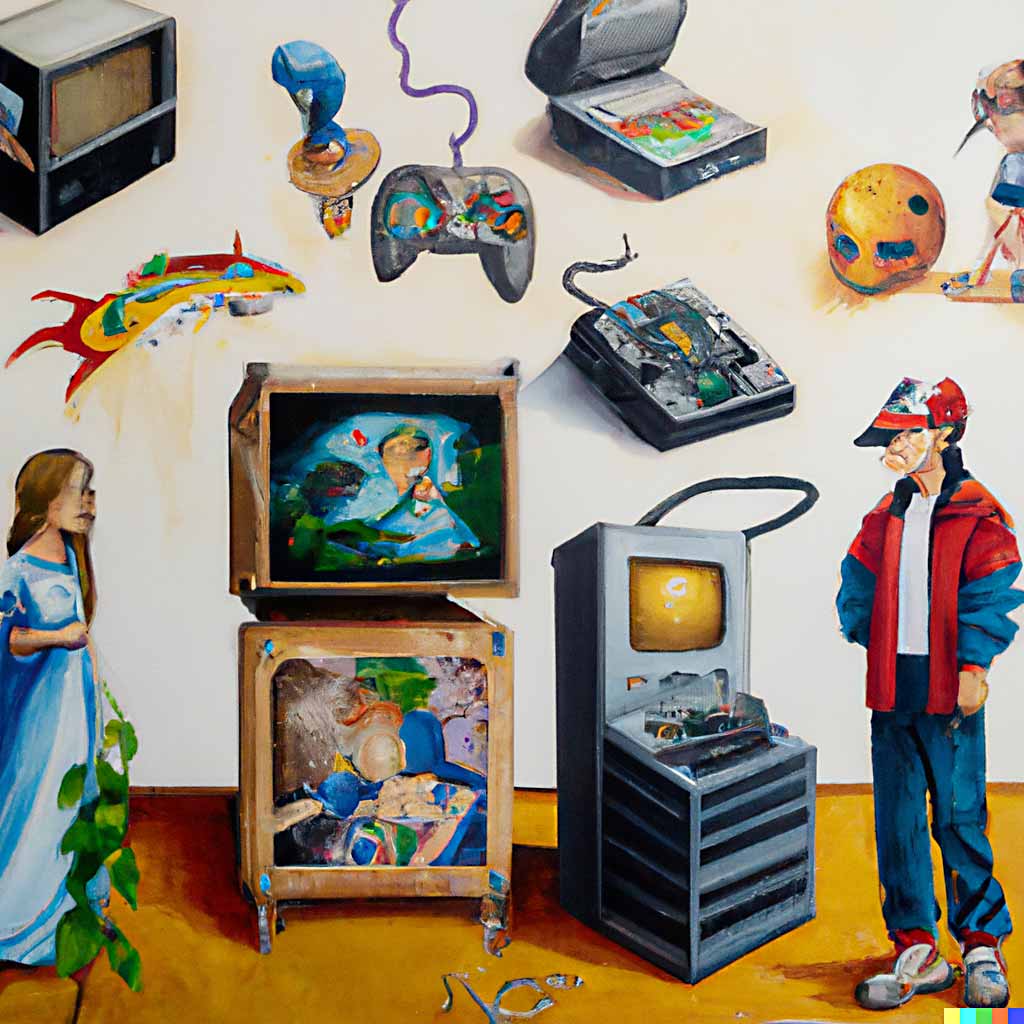Video game animation has evolved from pixels to motion capture technology. In the past, video game animation was limited to pixels, which required a significant amount of work from game developers. By the 1980s, the use of sprites became popular, and in the mid-1990s, 3D graphics became the norm. Today, motion capture technology allows for more realistic animations to be created with less manual work. While it has its advantages in creating natural and efficient animations, motion capture can be expensive and not suitable for all types of movements or scenarios. Overall, video game animation has become more realistic and efficient over time thanks to technological advancements.
The Evolution of Video Game Animation: From Pixels to Motion Capture
Introduction
Video games have come a long way since their inception in the 1950s. Over time, they have evolved in terms of gameplay, graphics, and animation. In the past, video game animation was limited to pixels, but today, it involves motion capture technology. In this article, we’ll take a look at the evolution of video game animation from pixels to motion capture.
Pixels
Pixels were the earliest form of video game animation. Each pixel represented a dot of color, and a series of pixels created an image. In early video games, each character and object was created using pixels. This required a significant amount of work from game developers, as they had to manually create each frame of animation.
Sprites
In the 1980s, the use of sprites became popular. Sprites were essentially pixelated animations of characters and objects that could move around the screen. Instead of creating each frame of animation manually, game developers could create a single sprite that could be moved around the screen. This made the process of creating video game animations much more efficient.
3D Graphics
In the mid-1990s, 3D graphics became the norm. This allowed for more realistic characters and environments in video games. However, it also meant that creating video game animations became even more complex. Instead of creating a fixed set of animations for a character, game developers had to create an entire range of animations that could be triggered by different actions and movements.
Motion Capture
Motion capture technology has revolutionized the way video game animations are created. With motion capture, actors wear specialized suits that track their movements. These movements are then recorded and used as the basis for video game animations. This technology allows game developers to create more realistic animations with less manual work.
Advantages of Motion Capture
- Realistic movements: Motion capture allows game developers to create animations that look more natural and realistic.
- Less manual work: Motion capture significantly reduces the amount of manual work required to create video game animations.
- Efficient: Motion capture allows game developers to create animations more efficiently, as they can record multiple movements at once.
Disadvantages of Motion Capture
- Costly: Motion capture technology can be expensive to set up and maintain.
- Limitations: Motion capture is not suitable for all types of movements or scenarios, as there may be limitations to what can be captured.
- Editing: Motion capture data may require some editing to ensure that the animation looks correct.
Conclusion
The evolution of video game animation from pixels to motion capture has been a remarkable journey. With each advancement in technology, video game animations have become more realistic and efficient to create. While motion capture technology may have its limitations, it has allowed game developers to create some of the most immersive and lifelike video game experiences.
